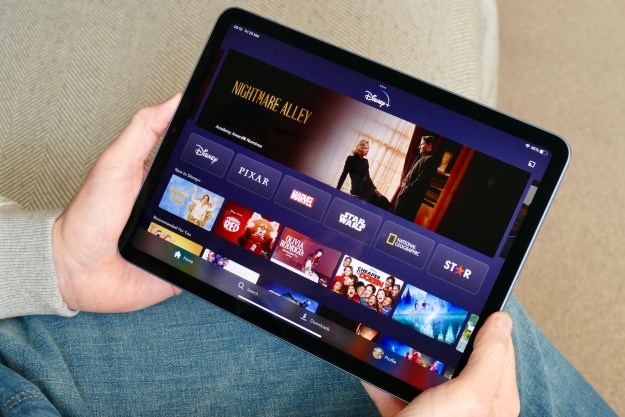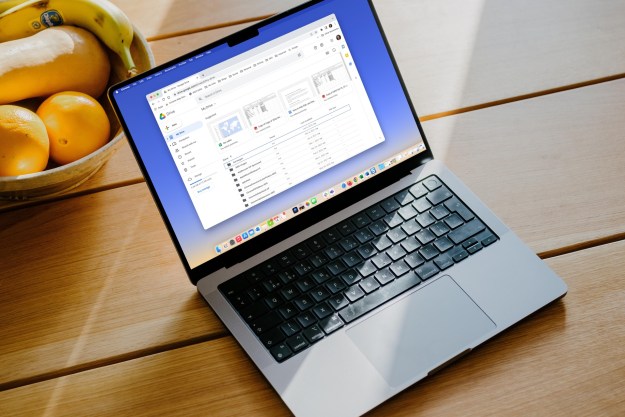
The Rock Band VR connector is slated to be included with the Oculus Touch, and allows players to use their existing Rock Band controllers with their Oculus Rift headset. Oculus has chosen to include documentation for the connector, because developers could potentially use it to connect other peripherals to the Touch controller, according to a report from Road to VR.
Rock Band VR has long been a prominent expected release for the Oculus Rift, and this might explain why. If Oculus can work with a company like Harmonix that knows plenty about peripherals, then the Touch controller can be the start of a larger ecosystem, rather than just a one-off accessory.
One virtual reality experience can differ greatly from the next, and it has proven difficult for manufacturers to find one input method that works across the breadth of VR software. Giving developers the means to design their own peripherals would seem to be a clever solution to the problem.
This isn’t the first step in Oculus’ initiative to make it easier for developers to create hardware to complement the Touch controller. The company has previously released several versions of its Rift Accessories Guidelines, which serve a similar purpose.
However, the company has been criticized for falling behind the Rift’s primary rival, the HTC Vive, in this respect. In January 2017, HTC launched a campaign to distribute 1,000 Vive Tracker units to developers in an attempt to foster experimentation with the new hardware.
Editors' Recommendations
- Oculus Rift vs. HTC Vive
- Oculus controller tracking gets update to help it detect Christmas trees
- Oculus Quest taunts some customers after arriving more than two weeks early


